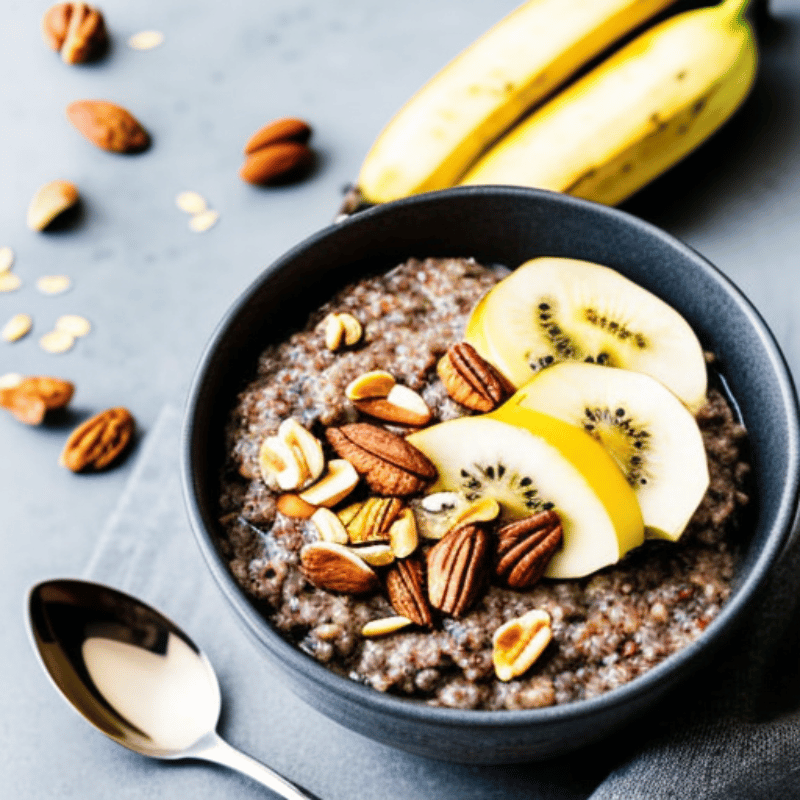High-Intensity Interval Training (HIIT) is a popular workout trend that has been gaining popularity in recent years due to its numerous health benefits and effectiveness. In this article, we will explore the science behind HIIT and how it can help to improve physical and mental health.
Physiological Effects of HIIT
- Increase in Aerobic Capacity :HIIT can increase aerobic capacity by challenging the heart and lungs to work harder and improve their function. Aerobic capacity refers to the amount of oxygen that the body can use during exercise, and improving this can lead to better overall health and improved athletic performance.
- Increase in Anaerobic Capacity :HIIT can also increase anaerobic capacity by pushing the body to its limits and training it to work harder and longer. Anaerobic capacity refers to the body’s ability to perform high-intensity exercise without relying on oxygen, and improving this can lead to better endurance and athletic performance.
- Increase in Muscular Endurance: HIIT can improve muscular endurance by building muscle and challenging the body to work harder. This can lead to improved athletic performance and a more toned appearance.
Psychological Benefits of HIIT
- Improved Self-Esteem :HIIT can improve self-esteem by providing a sense of accomplishment and improved physical appearance. Regular exercise has been shown to improve self-esteem, and HIIT provides a challenging workout that can help to achieve these benefits.
- Improved Mental Clarity :HIIT can also improve mental clarity by providing a break from daily stressors and a chance to focus on the present moment. Exercise has been shown to reduce stress and improve mental clarity, and HIIT provides a challenging workout that can help to achieve these benefits.
- Improved Ability to Handle Stress :HIIT can also improve the ability to handle stress by providing an outlet for stress and improving overall health and well-being. Exercise has been shown to reduce stress, and HIIT provides a challenging workout that can help to achieve this benefit.
Incorporating HIIT into Your Workout Routine
1. Choosing the Right HIIT Workouts
When incorporating HIIT into your workout routine, it is important to choose the right workouts based on your fitness level, goals, and preferences. HIIT workouts can vary in intensity and duration, so it is important to choose workouts that are appropriate for your fitness level.
2. Gradually Increasing Intensity
When incorporating HIIT into your workout routine, it is important to gradually increase the intensity, as HIIT workouts can be intense and challenging. Gradually increasing the intensity can help to reduce the risk of injury and improve overall results.
3. Monitoring Progress
Monitoring progress through regular assessments, such as measuring endurance and weight, can help to keep you motivated and on track. Regular assessments can also help to identify areas for improvement and track progress over time.
Conclusion
HIIT provides numerous benefits, including improved cardiovascular health, increased endurance, weight loss, improved self-esteem, mental clarity, and ability to handle stress. These benefits make HIIT a great addition to any workout routine.
To achieve the benefits of HIIT, it is important to choose the right workouts based on your fitness level, gradually increase the intensity, and monitor progress. HIIT can be a challenging and intense workout, but the numerous benefits make it a great addition to any exercise routine.
In conclusion, the science behind HIIT provides evidence for its numerous benefits, making it a great option for individuals looking to improve their physical and mental health. Whether you are an athlete looking to improve performance or simply looking to improve your overall health and wellness, incorporating HIIT into your workout routine can provide numerous benefits.





